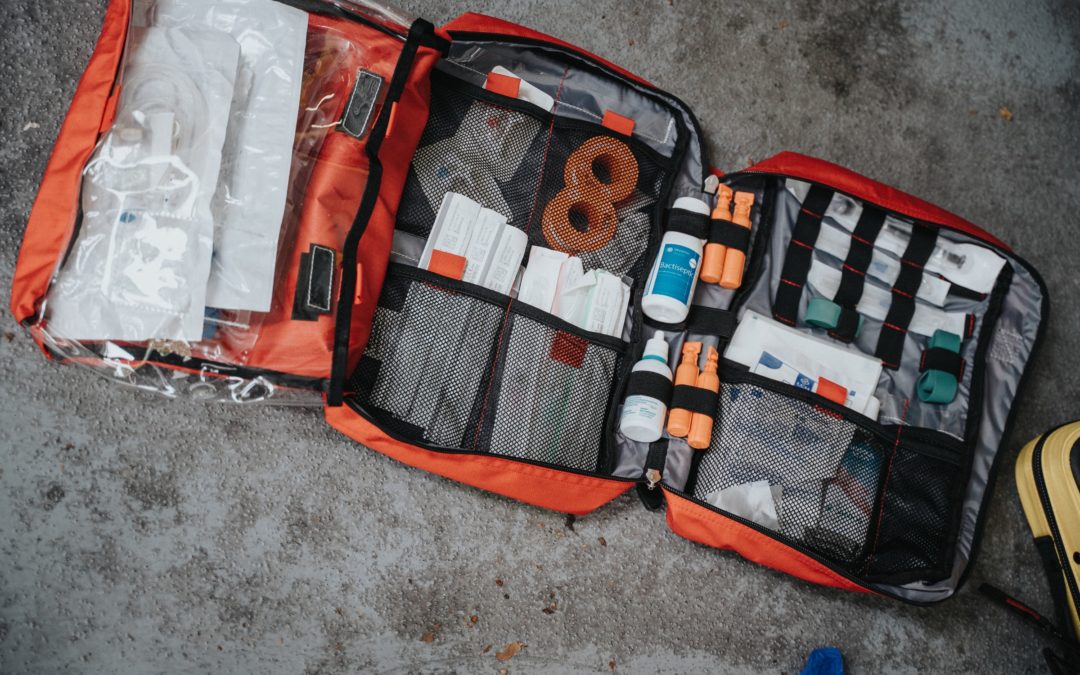First-degree burns are common. They are also known as superficial burns and can be caused by the sun, electricity, or contact with hot surfaces and liquids. A first-degree burn specifically affects the first layer of the skin and can easily be treated at home. Although a first-degree burn is not as severe as a second or third-degree burn, it can still hurt and leave a scar if not properly managed. Here are steps a victim should follow to treat a first-degree burn effectively.
- Cooling the burn
The victim should immediately place the affected skin under cool water or apply a cool compress to alleviate pain and swelling. They can do this for up to 15 minutes or until the pain subsides. They should avoid an extremely cold compress or ice because it can worsen the burn. Room temperature water is especially recommended.
- Protecting the burn
Protecting the burn can be done by applying petroleum jelly to the affected skin. The victim should avoid oils, ointments, and butters because they slow down the healing process and may cause an infection. Petroleum jelly may be applied up to three times a day to speed up the repair of burned skin.
- Covering the burn
The next step is to cover the affected skin with a bandage or clean cloth. The bandage used must be sterile and non-adhesive to reduce the risk of infection. The dressing should be wrapped loosely with minimal pressure. If blisters form on the affected skin, the victim should not pop them. They should be allowed to heal gradually while the skin is still covered.
- Treating the pain
Finally, a person with a first-degree burn can get over-the-counter pain medication like ibuprofen or acetaminophen to reduce inflammation and ease the pain. A visit to the doctor may be necessary if the pain does not go away.
A first-degree burn will often heal on its own without requiring any medical attention. The healing process may be slow and can take up to 20 days to heal completely. However, if the burn victim is an infant or if the burn is extensive, is getting worse, or showing signs of an infection, it is advisable to see a doctor.

